
Known as the “mountainous kingdom in the southeast,” Fujian Province in east China is characterized by rolling hills and plentiful rainfall, which enable abundant varieties of bamboos to thrive.
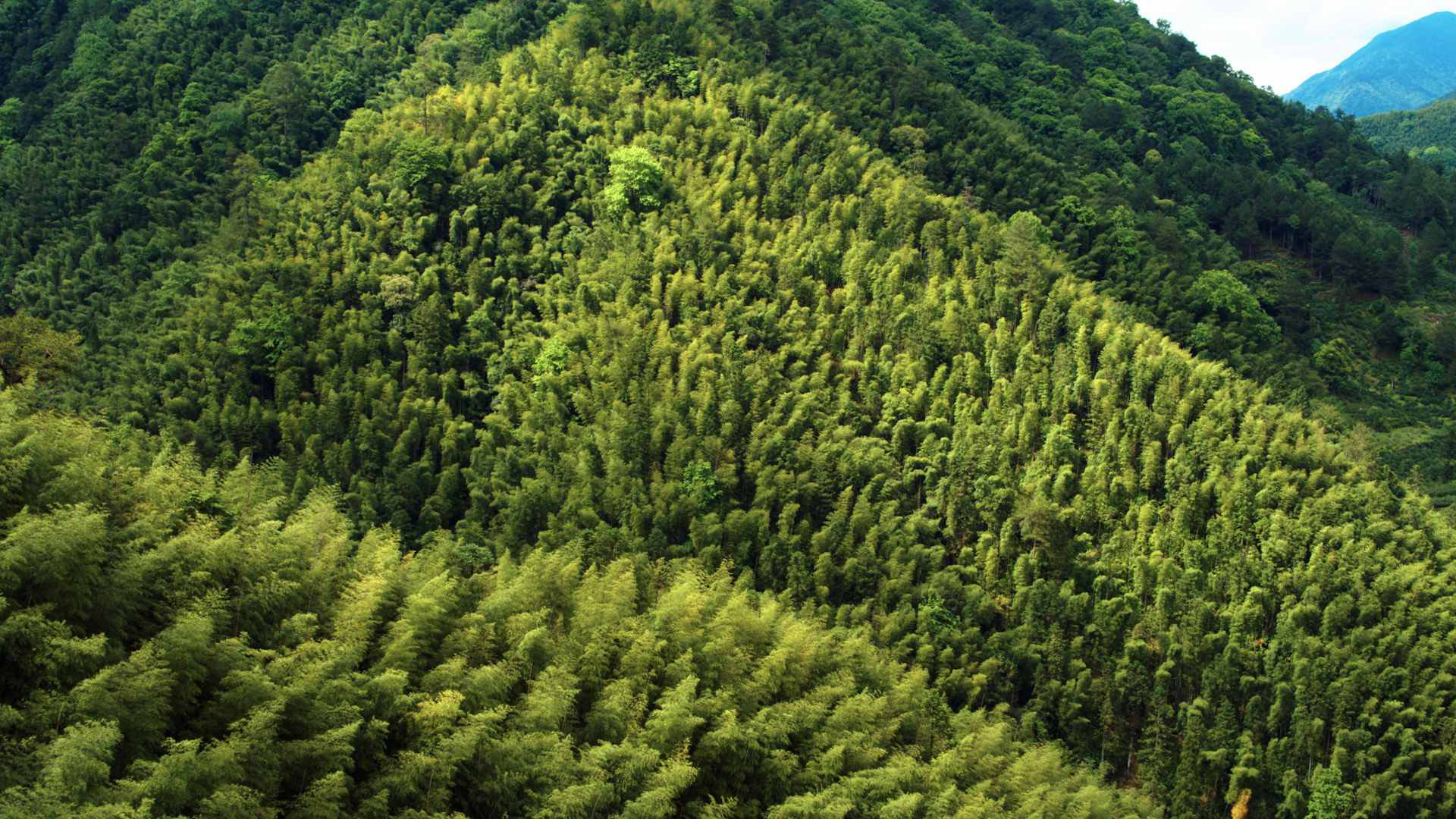
Moso bamboo forests in east China's Fujian Province. /Photo: CGTN's Nature Film Crew
Fujian boasts 19 genera and 200 species of bamboos. The total area of bamboo forests in the province is about 1.07 million hectares, with the moso bamboo accounting for over 90 percent, according to the eighth forest resource inventory.
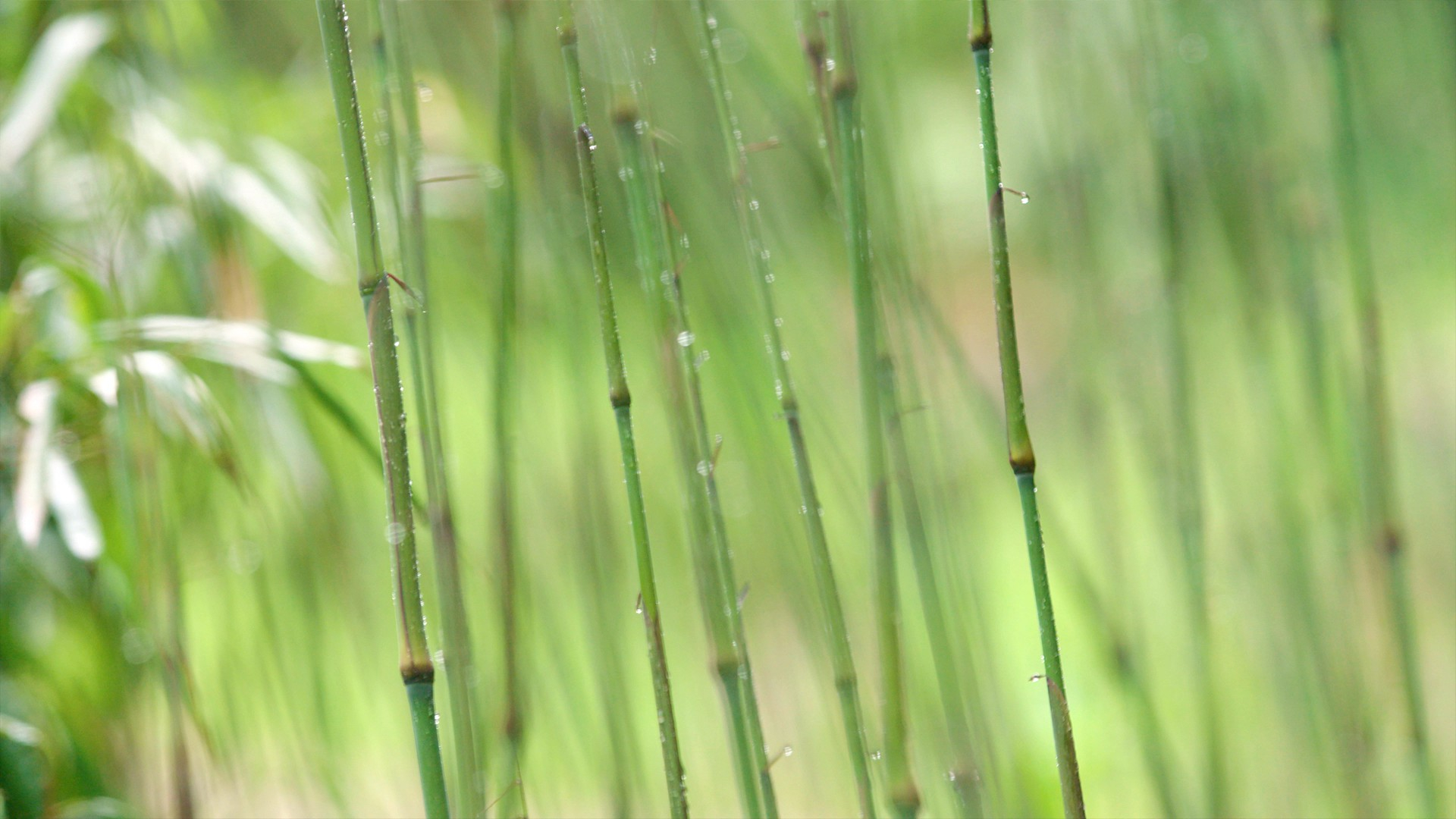
Oligostachyum oedogonatum in east China's Fujian Province. /Photo: CGTN's Nature Film Crew
As the most widely distributed type of bamboo in China, the moso bamboo is favored for its fast growth, high productivity and extensive uses. At the foot of moso bamboos, plants like the oil-seed camellia and Old World forked fern grow. They together constitute the unique moso bamboo forest ecosystem, which brings excellent ecological benefits.
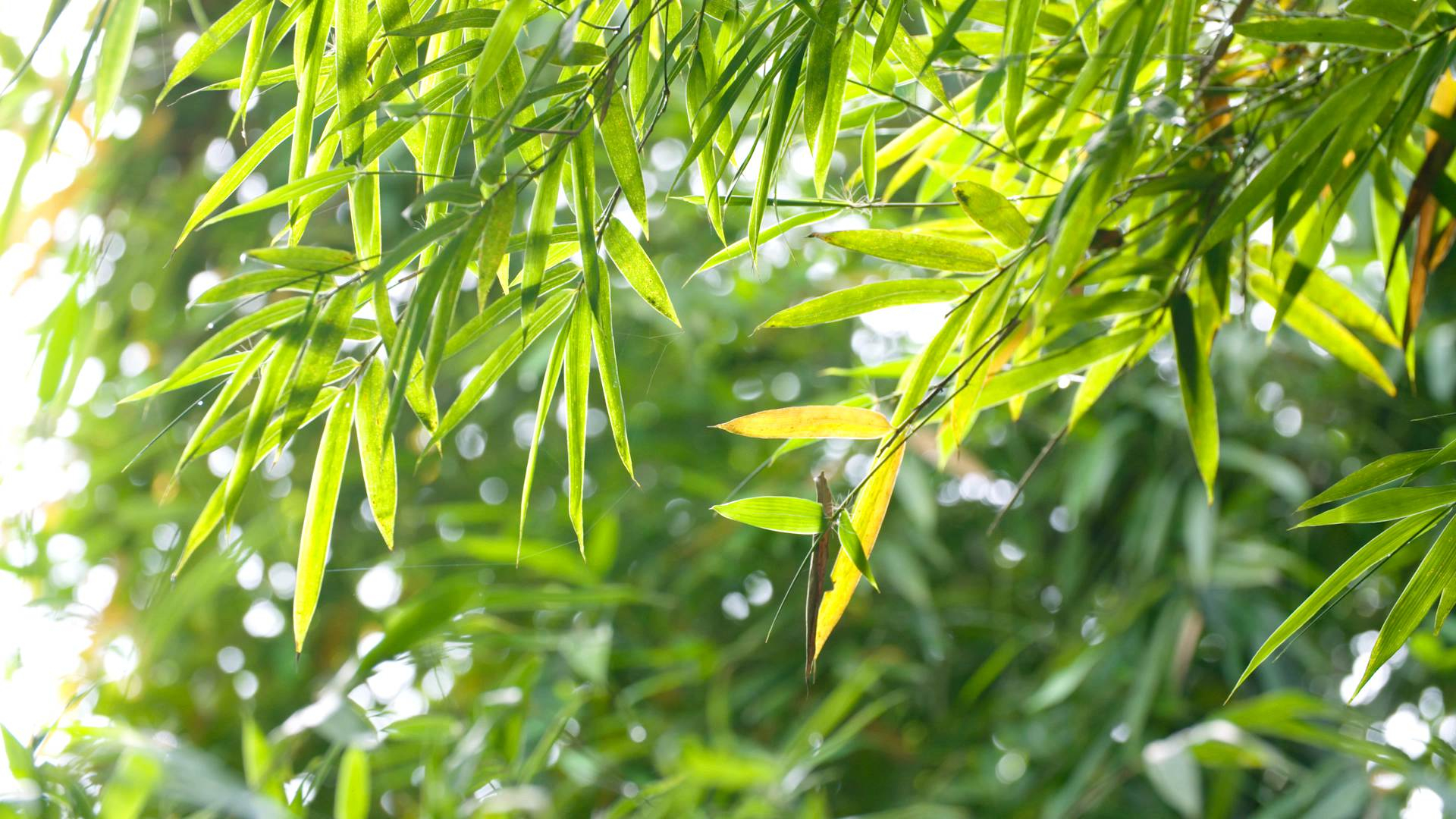
Bambusa multiplex 'fernleaf' in east China's Fujian Province. /Photo: CGTN's Nature Film Crew
In Jian’ou county, moso bamboo forests also generate economic returns for the locals. Every year, the region produces 0.22 billion moso bamboos and 0.3 million tons of bamboo shoots. In the moso bamboo main production area, the profits generated by moso bamboo account for over 70 percent of the local farmers' total income.
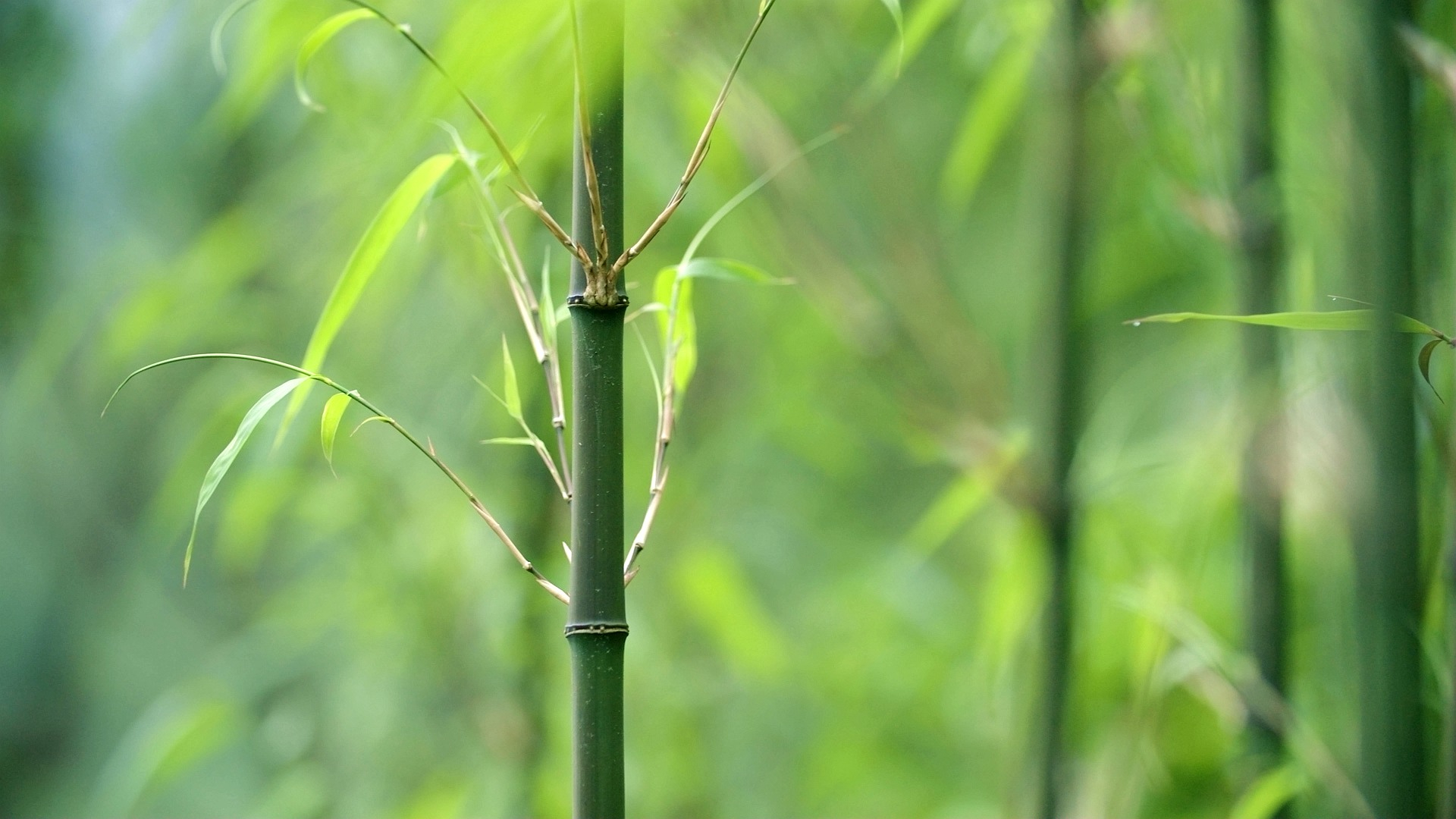
Chimonobambusa quadrangularis in east China's Fujian Province. /Photo: CGTN's Nature Film Crew
Despite the ecological and economic benefits moso bamboos bring, their continuous enlarging area poses a threat to the bamboo diversity in Fujian. The government’s focus on moso bamboos and neglect of the others let some bamboo species’ habitat shrink and become endangered.
Once a bamboo species flowers, which happens every 60 to 130 years, the plant dies. In the 1990s, this is what happened to a large area of the Oligostachyum oedogonatum forest, which led to a sharp decline of its numbers. Now, bamboos like Acidosasa chienouensis, Acidosasa edulis and Pleioblastus sanmingensis are under crucial protection in Fujian Province.
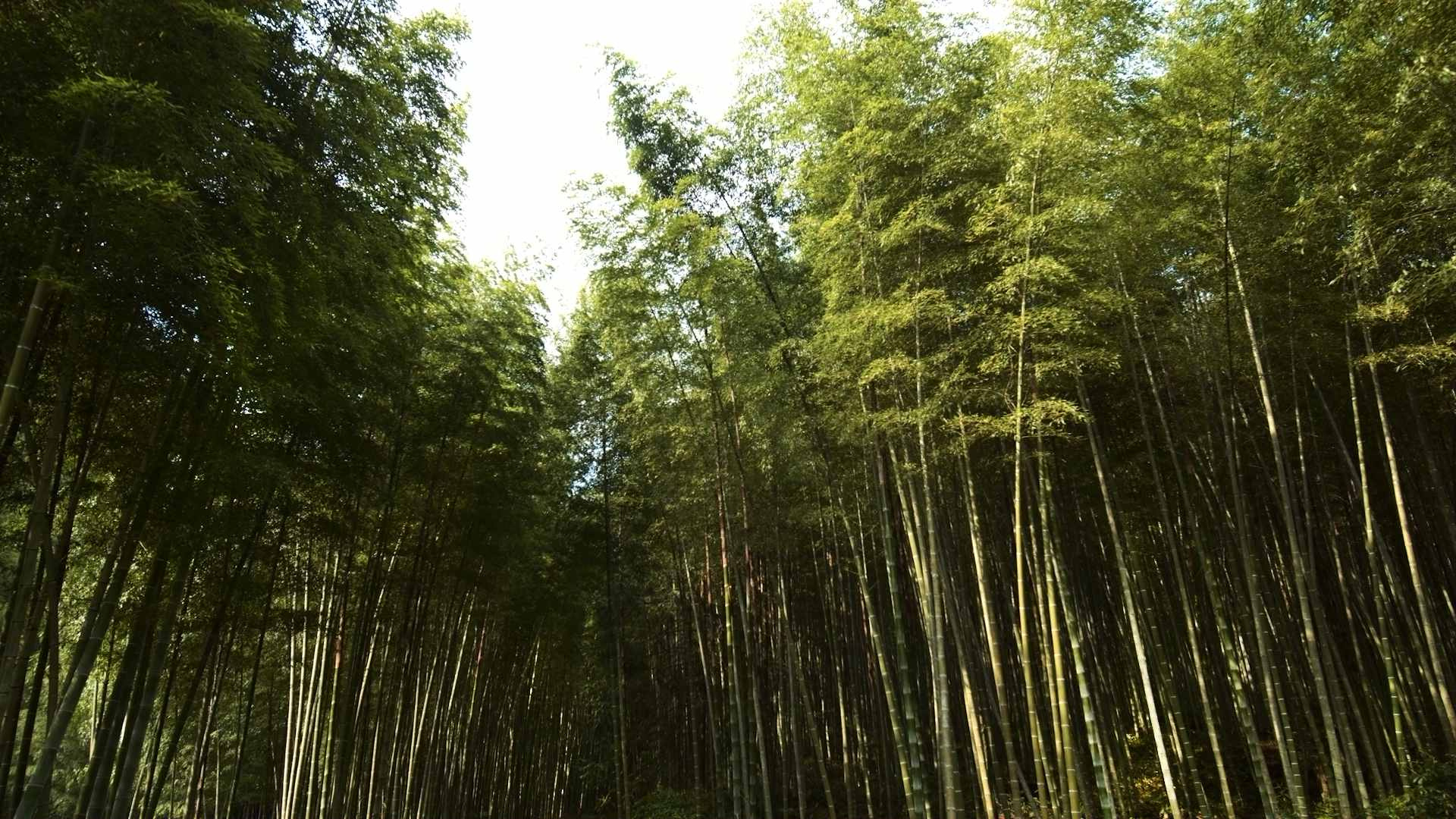
A moso bamboo forest in east China's Fujian Province. /Photo: CGTN's Nature Film Crew
China's Flora Tour
From the wetlands along the east coast to the dense rain-forests hidden in the southwest, China boasts an array of plant species. In this series, we will go on a tour to learn about some of the most representative flora in different provinces and see how they live in harmony with the local geography and climate.
(Cover provided by CGTN's Nature Film Crew)
(If you want to contribute and have specific expertise, please contact us at nature@cgtn.com)

Copyright © 2018 CGTN. Beijing ICP prepared NO.16065310-3
Copyright © 2018 CGTN. Beijing ICP prepared NO.16065310-3